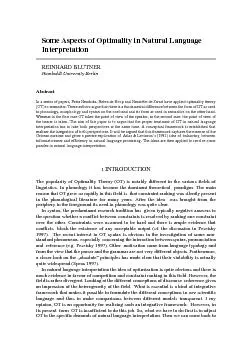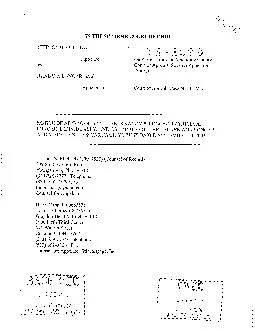PPT-Student: Petra Loncar FESB, University
Author : maxasp | Published Date : 2020-08-26
of Split Performance comparison for NVIDIA CUDA and Intel Xeon Phi May 2016 Contents Introduction NVIDIA CUDA Intel Xeon Phi Conclusion tCSC 2016 t odays
Presentation Embed Code
Download Presentation
Download Presentation The PPT/PDF document "Student: Petra Loncar FESB, University" is the property of its rightful owner. Permission is granted to download and print the materials on this website for personal, non-commercial use only, and to display it on your personal computer provided you do not modify the materials and that you retain all copyright notices contained in the materials. By downloading content from our website, you accept the terms of this agreement.
Student: Petra Loncar FESB, University: Transcript
Download Rules Of Document
"Student: Petra Loncar FESB, University"The content belongs to its owner. You may download and print it for personal use, without modification, and keep all copyright notices. By downloading, you agree to these terms.
Related Documents














